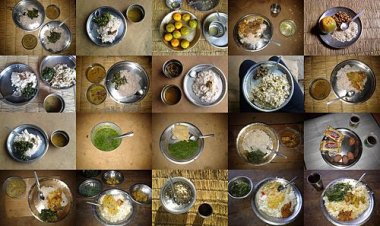Common Herbs and Spices Used in Nepal
Learn about the most commonly used herbs and spices in Nepalese cuisine, including cumin, coriander, turmeric, and more. Discover their health benefits, cultural significance, and how they are used in traditional dishes.

"The green forest is the wealth of Nepal," and different vast herbs are hidden in those forests. And because of the different herbs found there, Nepal is considered the country with the largest number of herbs in the world. Nepal has a long history of using medicinal herbs to cure and prevent a variety of illnesses. The nation offers a diverse variety of medicinal plants that are utilized by traditional healers and in Ayurvedic medicine and it is rich in biodiversity. Yarsagumba, ashwagandha, turmeric, aloe vera, neem, giloy, tulsi, ginger, garlic, black pepper, and cinnamon are a few of the widely used medicinal plants in Nepal. Some popular medical herbs in Nepal include:
1. Yarsagumba (caterpillar fungus):

Yarsagumba commonly referred to as caterpillar fungus, is a costly and rare medicinal herb that is indigenous to Nepal's Himalayan area as well as Tibet and Bhutan. Yarsagumba is believed to provide a variety of health advantages, including enhancing vigor and vitality, boosting vigor and energy, strengthening the lungs and kidneys, halting hemorrhaging, and reducing phlegm. Yaesagymba can also help with allergy difficulties, cardiovascular disorders, sexual health, irregular heartbeats, and building a powerful immune system.
2. Ashwagandha (Withania somnifera):
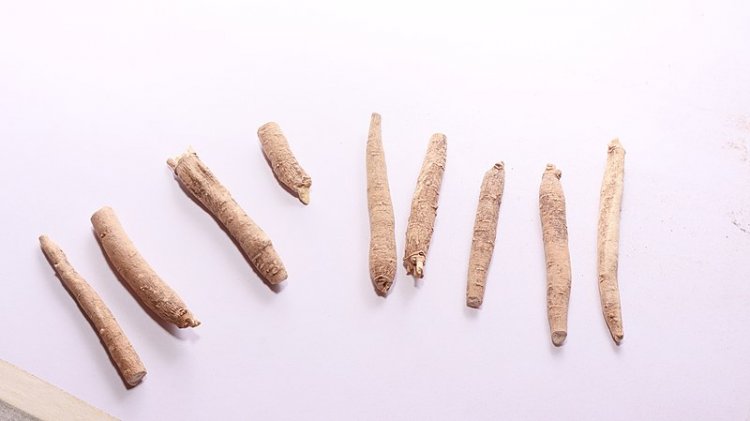
It is a well-known medicinal plant with native populations in India, Nepal, and other parts of South Asia. It has been used for thousands of years in Ayurvedic medicine to improve general health and wellness. The root and berry are used to manufacture traditional medicines. Ashwagandha is said to have several health advantages and is used to treat a variety of illnesses, such as stress and anxiety, insomnia, exhaustion, skin ailments, even diabetes, gastrointestinal problems, and joint pain. It is also thought to strengthen physical endurance, enhance brain function, and raise immunity.
3. Turmeric (Curcuma longa):
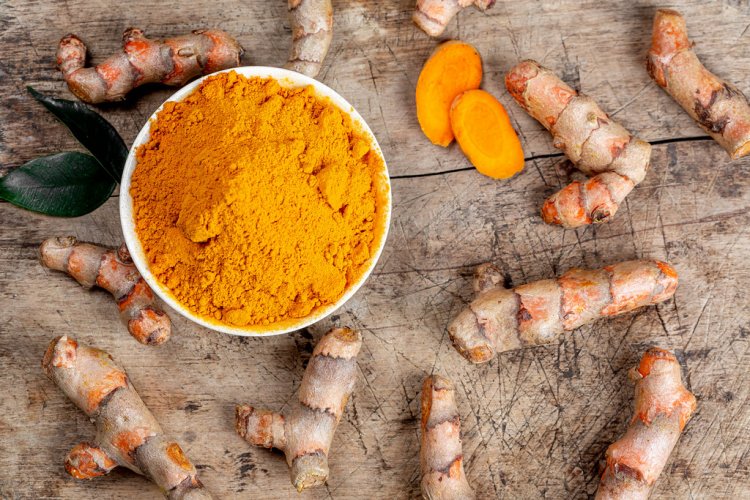
It is a well-known spice and healing herb that is native to South Asia and is made from the root of the Curcuma longa plant. Many medical diseases, such as arthritis, digestive issues, respiratory issues, and skin conditions, are all treated with turmeric. Turmeric is good for the brain and can help with arthritis. Moreover, it is thought to possess neuroprotective qualities and lower the risk of Alzheimer's disease. Turmeric is frequently used by people with osteoarthritis. In addition, hay fever, depression, excessive cholesterol, a specific form of liver disease, and itching are treated with it. Also thought to possess anti-cancer qualities, turmeric may aid in halting the development and spread of cancer cells.
4. Aloe Vera (Aloe barbadensis miller):
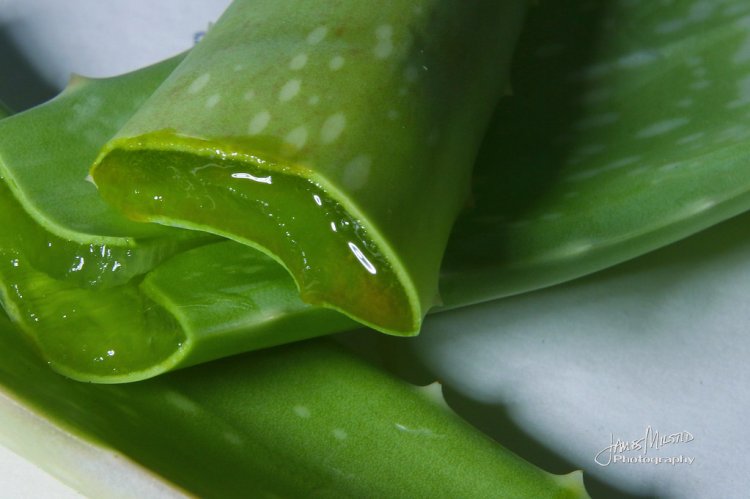
Succulent plants like aloe vera are frequently utilized in traditional medicine and cosmetics. Vitamins, minerals, and other active substances found in aloe vera have several positive health advantages for individuals. A gel-like material found in its leaves, which has been found to have anti-inflammatory, antibacterial, and wound-healing qualities, is also rich in vitamins, minerals, and antioxidants. Aloe vera is also utilized in several cosmetic goods, such as moisturizers, shampoos, and sunscreens.
5. Neem (Azadirachta indica):
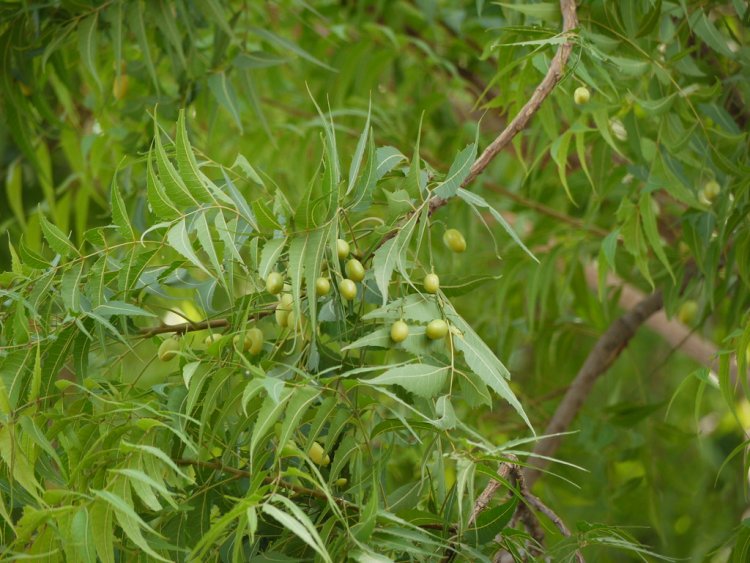
Neem is an Indian subcontinent tree whose leaves, bark, seeds, and oil have been used in traditional medicine for generations. It includes substances with antifungal, antibacterial, antiviral, and anti-inflammatory activities, such as azadirachtin, Nimbin, and nimbidin. Neem is often used for skin and hair care, but it can also be used as an insecticide and pesticide. Neem has a multipurpose use in Nepal, including shade, toothbrush sticks, medicinal herbs, storage pest repellents, fodder, firewood, timber, fruit, animal bedding materials, and so on.
6. Giloy (Tinospora cordifolia):
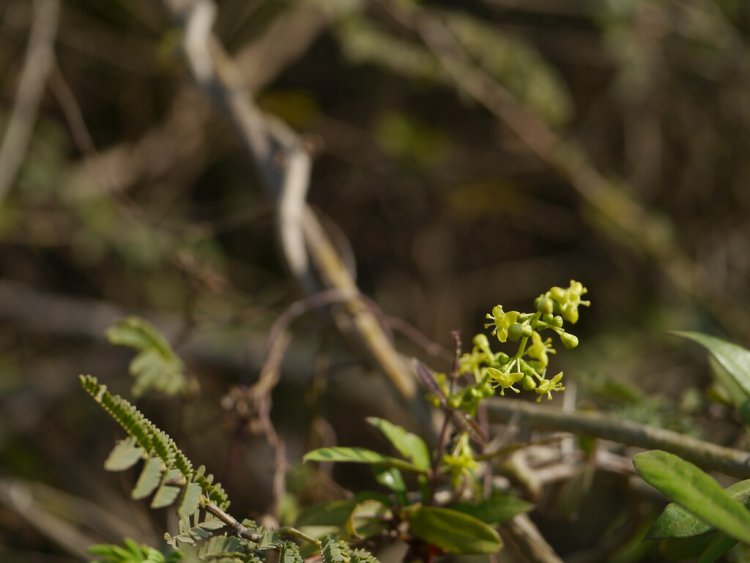
The perennial climbing vine called Giloy, also known as Tinospora cordifolia (also called Gurjo in Nepali), is indigenous to India. Due to their immunomodulatory, anti-inflammatory, and antioxidant qualities, its stem and roots have been treated in Ayurvedic medicine. Giloy is used to enhance digestion, increase immunity, treat fever, lower anxiety, help with respiratory issues, treat diabetes, treat arthritis, and reduce the effects of aging. Moreover, it is thought to be anti-cancer.
7. Tulsi (Ocimum tenuiflorum):
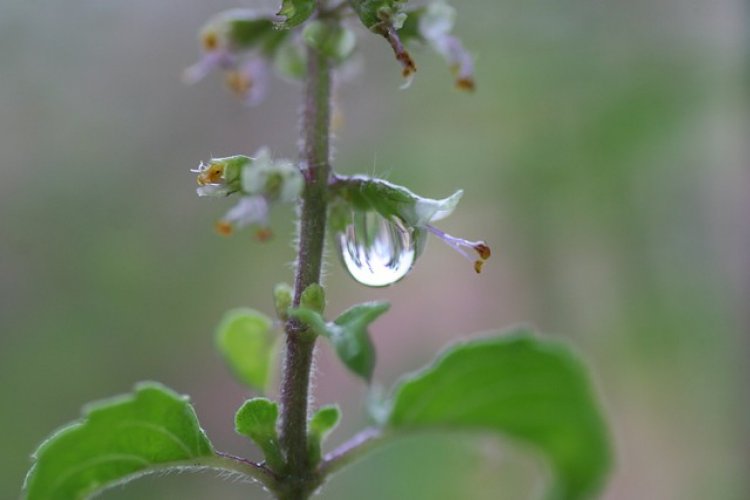
Ocimum tenuiflorum is the scientific name for tulsi, also referred to as holy basil. It is commonly implemented in Ayurvedic medicine and has several positive health effects, including the ability to lower inflammation, boost the immune system, and lessen stress. It's frequently consumed as herbal tea. Even though tulsi is used to treat a variety of conditions, including diabetes, high cholesterol, anxiety, and stress, there is no good scientific evidence to support any of these uses.
8. Ginger (Zingiber officinale):
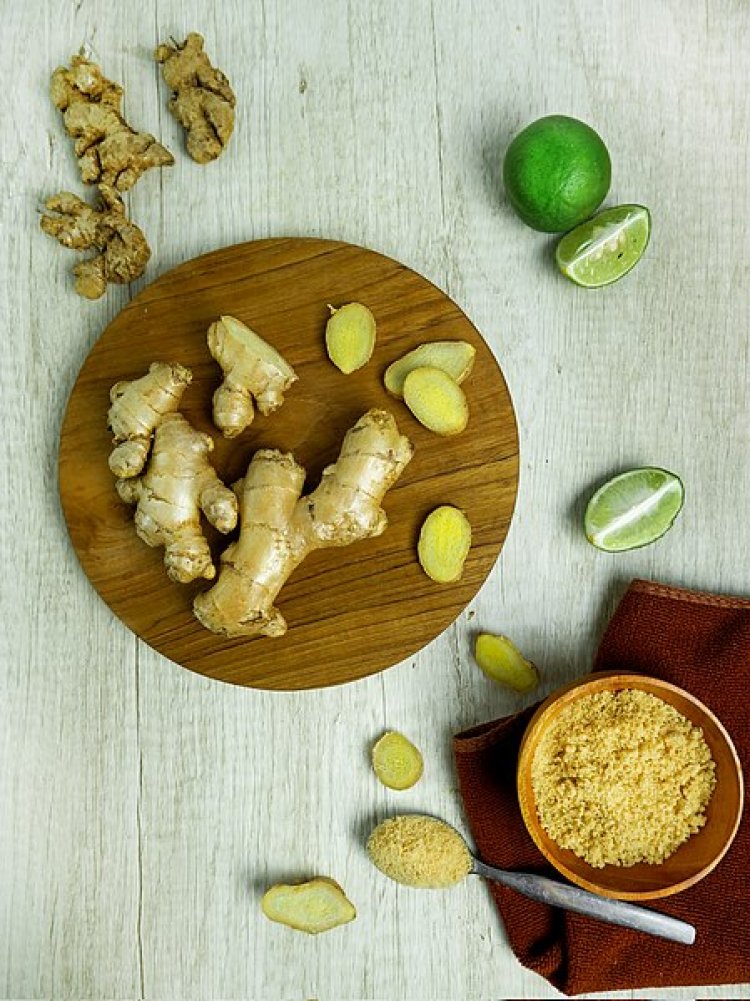
Zingiber officinale is the scientific name for the flowering plant species known as ginger. It has a variety of medical benefits in addition to being a common spice in many cuisines. Ginger is used to treating nausea, vomiting, digestive problems, ovarian cancer, and colon cancer; reduce pain and inflammation; relieve menstrual cramps; and prevent diabetic nephropathy. It also has anti-inflammatory and antioxidant properties.
9. Garlic (Allium sativum):
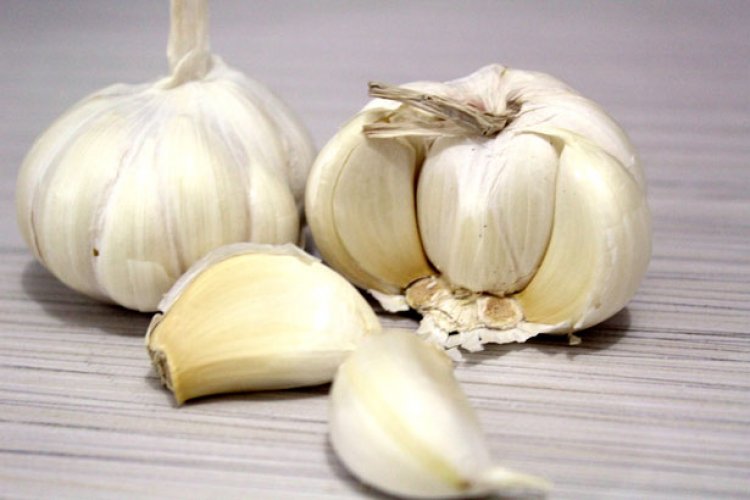
Zingiber officinale is the scientific name for the species of flowering plant known as ginger. It has a variety of medical benefits in addition to being a common spice in many cuisines. Ginger is used to treating nausea, vomiting, digestive problems, ovarian cancer, and colon cancer, reduce pain and inflammation, relieve menstrual cramps, and prevent diabetic nephropathy. It also has anti-inflammatory and antioxidant properties.
10. Black pepper (Piper nigrum):
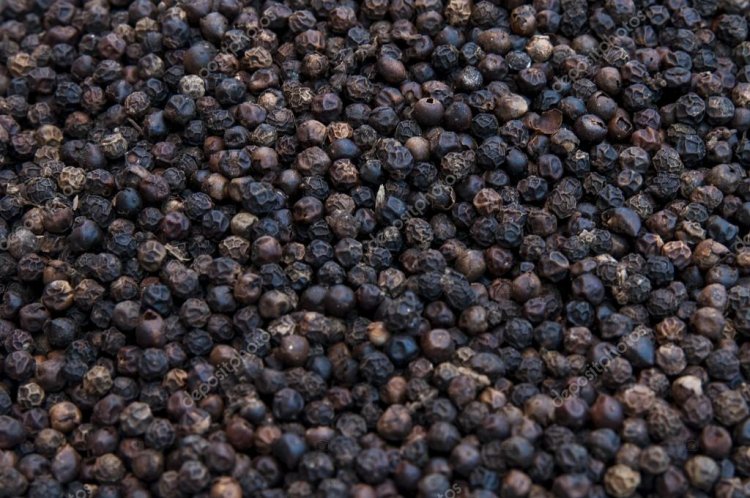
Black pepper is a plant species with the scientific name Piper nigrum. Black pepper is known as "the king of spices" and has been used in ancient Ayurvedic medicine for thousands of years. It is a commonly used spice in many cuisines and has various health benefits. Black pepper can be used for a variety of purposes, including weight loss, detoxification, cancer prevention, cleansing the intestines and stomach, aiding in the production of red blood cells, being high in vitamin B and calcium production, preventing constipation and preventing skin deformation and wrinkles. It consists of potassium, which helps regulate heart rate and high blood pressure.
11. Cinnamon (Cinnamomum verum):
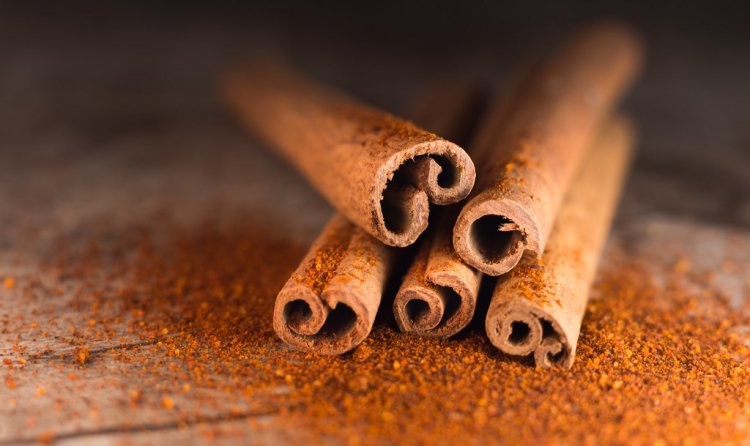
Cinnamon (Cinnamomum verum) is a spice obtained by extracting it from the bark, leaves, flowers, fruits, and roots of the cinnamon tree. It is commonly used in both sweet and savory dishes. Cinnamon helps with blood sugar control, protects against heart disease, and reduces inflammation. Cinnamon has been used for its medicinal properties for centuries, and research suggests it may have anti-inflammatory, antioxidant, and antimicrobial effects.
These herbs are used to treat a variety of illnesses, including digestive problems, respiratory issues, skin conditions, and inflammation because they are thought to have therapeutic characteristics. For their flavor and medicinal properties, several of these herbs are also utilized in traditional Nepalese cuisine. To ensure the safe and efficient use of these herbs, it's crucial to emphasize that their use should be under the supervision of a qualified healthcare practitioner.
What's Your Reaction?



























































































